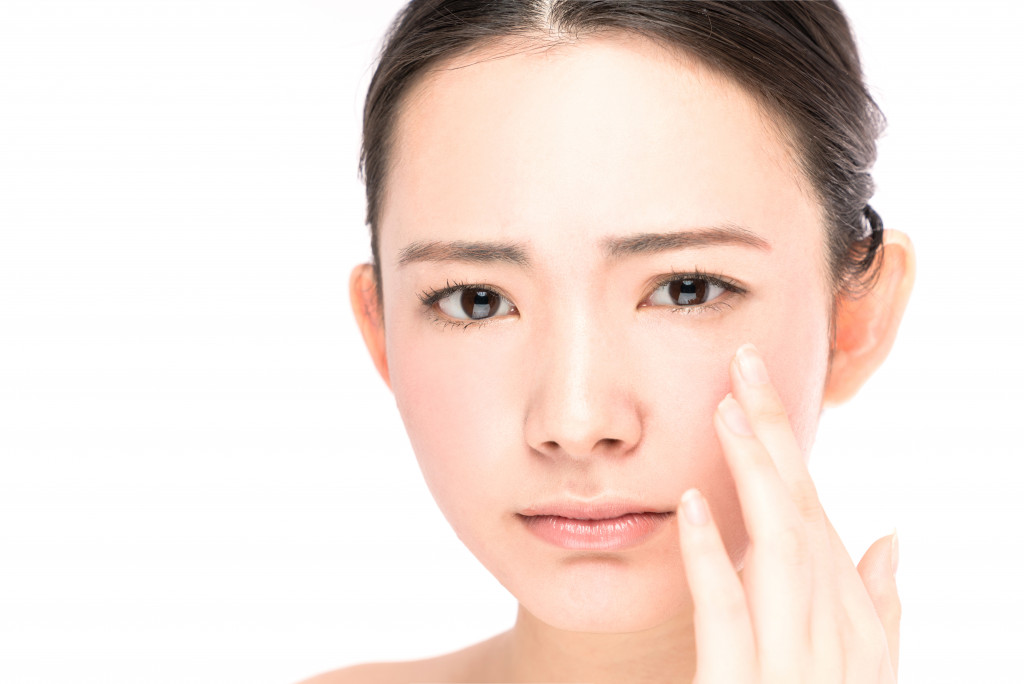We all know that most skin injuries leave scars. Scar tissue is fibrous tissue that naturally forms over the wound to repair and protect it. Sometimes, extra scar tissue forms as smooth and hard growths referred to as keloids.
Keloids are typically found on earlobes, cheeks, shoulders, or the chest, but they can form anywhere else on the body. Keloid scars are raised growths on the skin’s surface and can be darker, paler, or the same color as the skin. They can be itchy or painful and, in some cases, may restrict movement if they grow tightly near a joint. Keloid scars can be larger than the actual wound was.
It is estimated that 10% of people around the world have keloid scarring. This condition affects both men and women. But medical experts have found that darker skin-toned people are more susceptible to keloids. However, keloids are primarily a cosmetic concern rather than a serious health issue. Large, highly visible keloids may make a person feel self-conscious, thus the desire to have them removed.
It can be easy to confuse keloids with hypertrophic scars, another common type of scarring. The confusion perhaps lies in its similarity with keloids because hypertrophic scars can also be itchy and painful. But hypertrophic scars are flat and smaller and resolves on their own over time.
Causes and Symptoms of Keloids
Keloids come from the overgrowth of scar tissue caused by excessive collagen. Keloid scars tend to be larger than the original wound itself. Keloid scars may develop fully over several weeks or months.
The following types of skin injuries are common causes of keloid scarring:
- Acne
- Burns
- Chickenpox scars
- Ear or body piercings
- Scrapes
- Surgical incisions
- Vaccination points
The symptoms of keloid scars may include:
- An itchy patch of skin that is flesh-colored, pink, or red
- A raised patch of skin
- A lumpy growth that continues to get larger over time
- A small area that’s reddish, paler, or darker-colored
Some keloid scars may be slightly painful or itchy. Other symptoms may also include discomfort, tenderness, or irritation from clothing and friction. However, they typically do not pose any severe health implications.

Keloid Treatments
If you decide to have your keloid scars treated, know that they may recur. Remember that keloids formed due to scarring after the body naturally repaired itself after an injury. After removing a keloid, there is a possibility that scar tissue may again develop; sometimes, too, it may grow back more extensive than initially. That is why it might be safer to try less invasive treatments such as home remedies or injections.
At-home treatments for keloids include moisturizing oils, which can help keep the scar tissue soft and could reduce the size of the scar, preventing it from getting aggravated. Some keloids tend to grow smaller and become smoother over time, even in the absence of treatment.
The objective of any keloid scar treatment is to shrink, smoothen, or soften the keloid. As mentioned earlier, it might be tricky to have a keloid removed because of the possibility of re-scarring and recurring. This is why, for best results, many doctors will likely recommend a combination of treatments instead of just one. Treatments may be one or a combination of the following:
- Corticosteroid shots to shrink the scar
- Cryotherapy (freezing the scar) to soften and shrink the keloid
- Silicone pads to be worn over the keloid to help flatten it
- Laser therapy to flatten and help lighten the color of the keloid
- Surgical removal involving an incision to cut the keloid out, which might cause the recurrence of scarring
- Pressure dressing applied after keloid surgery, maintaining pressure on the incision area, reducing blood flow, and preventing the recurrence of the keloid
Treatments vary depending on the size and location of the scar. Thus, it would be best to consult doctors from aesthetic clinics like Freia Medical about the best treatment option for you.
Keloid Prevention
People with darker skin tones are about 15% to 20% more susceptible to keloid scarring. Also, you are likely to develop keloids if you are below 30 years old, pregnant, in puberty, and have a history of keloid scarring in the family.
Treatments for keloids, especially the more invasive ones, can be challenging and may not always work. This is why the most important thing to do to prevent keloid formation is to avoid skin injuries. If you know that you are susceptible to keloids, it might be best to decide against getting body piercings or tattoos. The use of silicone or pressure pads right after skin injury may help prevent keloids.
Keloid scarring can affect anyone: men, women, children of all ages. Though keloids do not pose any severe health threats, many people find them disconcerting and wish to remove them, whether through home remedy, therapy, or surgery. If you opt for more invasive treatment options, it is always best to discuss the possible risks or side effects with a health professional before making the decision.

